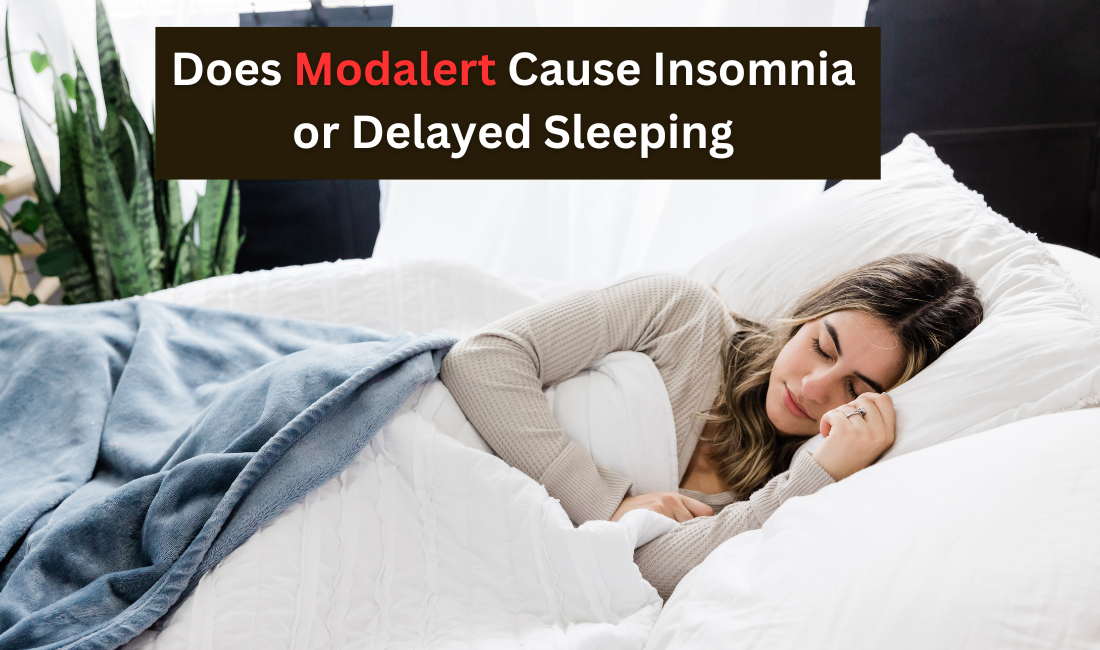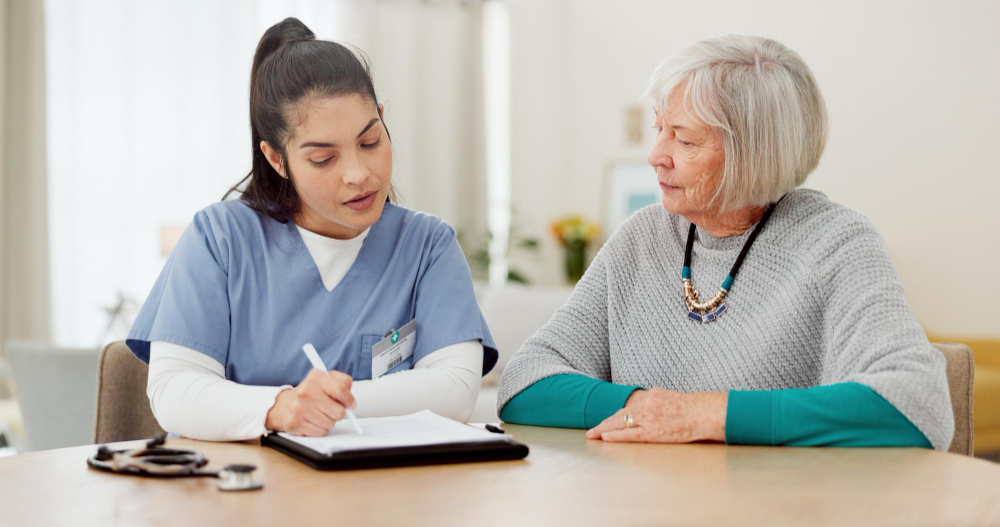PRP (Platelet-Rich Plasma) therapy has become a popular and effective treatment for hair loss. By using your own blood to stimulate hair growth, PRP therapy offers a natural way to improve hair thickness and density without surgery. However, like any cosmetic treatment, proper aftercare is essential to ensure the best results and minimize side effects. This guide will cover essential aftercare tips following PRP In Dubai to help you get the most out of the procedure.
Avoid Washing Your Hair Immediately:
After your PRP session, it’s crucial to avoid washing your hair for at least 24 to 48 hours. The injected platelets need time to start working on the scalp and hair follicles. Washing your hair too soon could interfere with the treatment and diminish its effectiveness.
Once you are allowed to wash your hair, use a mild, sulfate-free shampoo to prevent irritation. Avoid using any harsh hair products that could affect the sensitive scalp post-treatment.
Skip Hair Styling Products for a Few Days:
It’s best to avoid using hair styling products like gels, mousses, sprays, and dry shampoos for a few days after PRP therapy. These products contain chemicals that can irritate the scalp, particularly when it’s sensitive from the treatment. Limiting exposure to potentially irritating products helps to minimize inflammation and allows the scalp to heal properly.
Protect Your Scalp from Sun Exposure:
After PRP therapy, your scalp will be more sensitive than usual, and sun exposure can increase the risk of irritation and discomfort. It’s essential to avoid direct sunlight for at least 48 to 72 hours after the procedure.
If you need to go outside during this time, wear a hat or use a headscarf to protect your scalp. Sunscreen can also help, but be sure to consult your healthcare provider about the best sunscreen for your scalp. Some sunscreens may contain chemicals that could irritate the treated area, so opt for a gentle, non-comedogenic formula.
Stay Away from Hot Showers and Saunas:
Avoid hot showers, steam rooms, and saunas for at least two days after your PRP treatment. The heat can cause the scalp to swell or become more inflamed, which may interfere with the healing process. Stick to lukewarm water when washing your hair or showering to prevent further irritation.
Avoid Physical Exercise and Strenuous Activity:
Heavy physical activity that causes sweating can irritate the scalp and increase the risk of infection. After PRP therapy, it’s recommended to avoid strenuous exercise, running, or any activities that could make you sweat for at least 48 hours. Allow your scalp to heal in a calm and clean environment, free from excess moisture and bacteria that could affect the treatment results.
Refrain from Smoking and Alcohol:
Both smoking and alcohol consumption can affect the healing process and the effectiveness of PRP therapy. Smoking reduces blood circulation, which may hinder the delivery of essential nutrients to your hair follicles. Similarly, alcohol dehydrates the body and can affect overall healing.
To maximize the benefits of PRP therapy, it’s advisable to avoid smoking and alcohol for at least 72 hours after your treatment. Ideally, quitting smoking and limiting alcohol intake will further boost the effectiveness of PRP and promote healthier hair growth long-term.
Be Gentle with Your Scalp:
The treated area will be sensitive for a few days after PRP therapy. Avoid scratching, rubbing, or massaging the scalp, as this can lead to irritation, infections, or dislodging the PRP injections before they have had a chance to work. Additionally, avoid wearing tight hats, headbands, or anything that could put pressure on the scalp.
Follow a Healthy Diet:
Your diet plays a vital role in your overall health and, consequently, the health of your hair. After PRP therapy, it’s important to focus on a diet rich in vitamins and nutrients that promote hair growth. Include foods high in:
- Protein: Hair is made of keratin, a type of protein. Eating protein-rich foods like eggs, fish, chicken, and beans can support hair strength.
- Iron: Low iron levels are often linked to hair thinning. Boost your iron intake with foods like spinach, red meat, and legumes.
- Vitamin C: This vitamin helps the body absorb iron and supports collagen production, which is essential for hair structure. Citrus fruits, berries, and leafy greens are great sources of vitamin C.
- Omega-3 fatty acids: Found in foods like salmon, chia seeds, and walnuts, omega-3s help nourish the hair follicles and promote scalp health.
Stay Hydrated:
Hydration is essential for overall health, including hair health. Drinking enough water ensures that your scalp stays hydrated and that blood circulation remains optimal, both of which are important for the success of PRP therapy. Aim to drink at least 8 glasses of water per day to keep your body and scalp well-hydrated.
Use Medications as Directed:
Your healthcare provider may prescribe medications or topical treatments to complement your PRP therapy. Commonly prescribed products include minoxidil or other hair growth stimulants that can enhance the effects of PRP. It’s essential to follow your provider’s instructions on when and how to use these treatments after your PRP session.
If your doctor has prescribed any antibiotics or pain medications, ensure that you take them as directed to reduce any risk of infection or discomfort after the treatment.
Be Patient with the Results:
PRP therapy is not an instant fix for hair loss, and it requires time for the treatment to take full effect. Most people start to see noticeable results after a few months of consistent treatment, but individual timelines can vary. It’s important to remain patient and committed to your treatment plan, as hair growth takes time and varies depending on factors like age, genetics, and the severity of hair loss.
Your provider may recommend a series of PRP sessions for optimal results, often spaced about four weeks apart. Make sure to attend all follow-up appointments as scheduled to maximize the benefits of PRP.
Schedule Maintenance Treatments:
PRP therapy typically requires maintenance treatments to sustain the results. After the initial series of treatments, most patients need follow-up sessions every 6 to 12 months, depending on their hair growth and response to the therapy. Regular touch-ups will help keep hair follicles healthy and encourage continued hair growth.
Conclusion!
Proper aftercare following PRP hair therapy is essential for achieving the best possible results. By following these aftercare tips—such as avoiding hair washing immediately after treatment, protecting your scalp from the sun, and maintaining a healthy lifestyle—you can enhance the effectiveness of PRP and promote better hair growth. Always consult your healthcare provider for personalized advice, as they can guide you on specific aftercare measures tailored to your unique needs. With the right aftercare routine, you can enjoy healthier, thicker hair and long-lasting results from PRP therapy.



